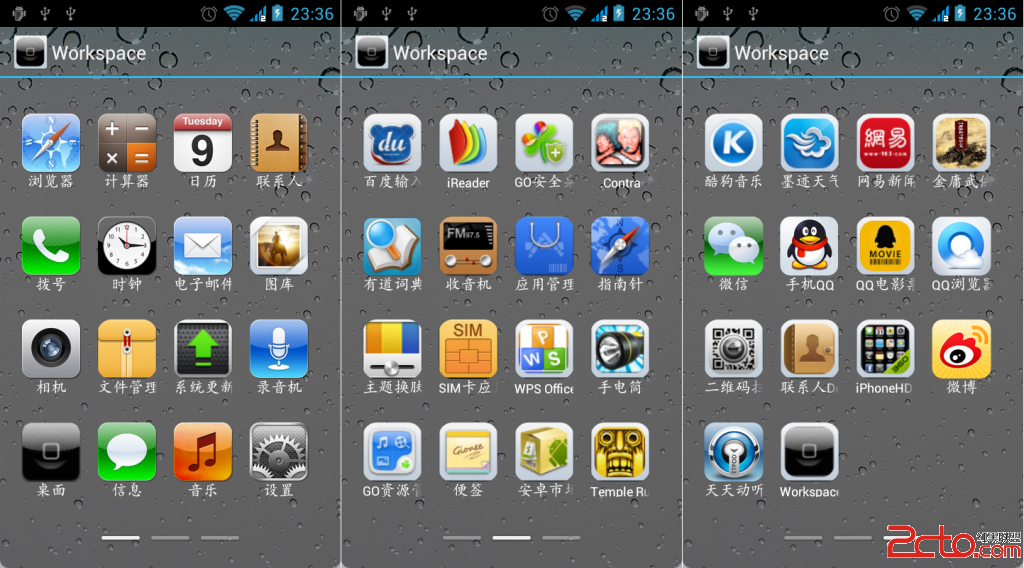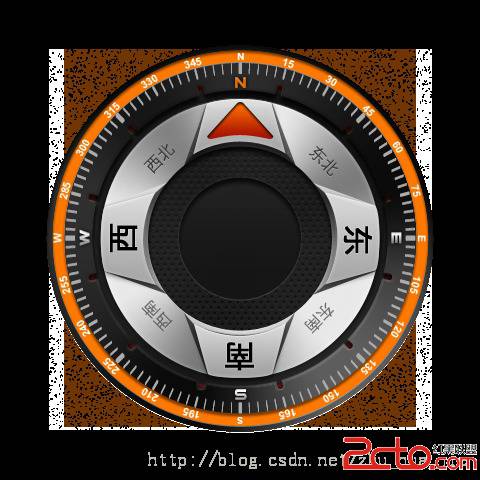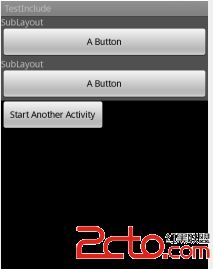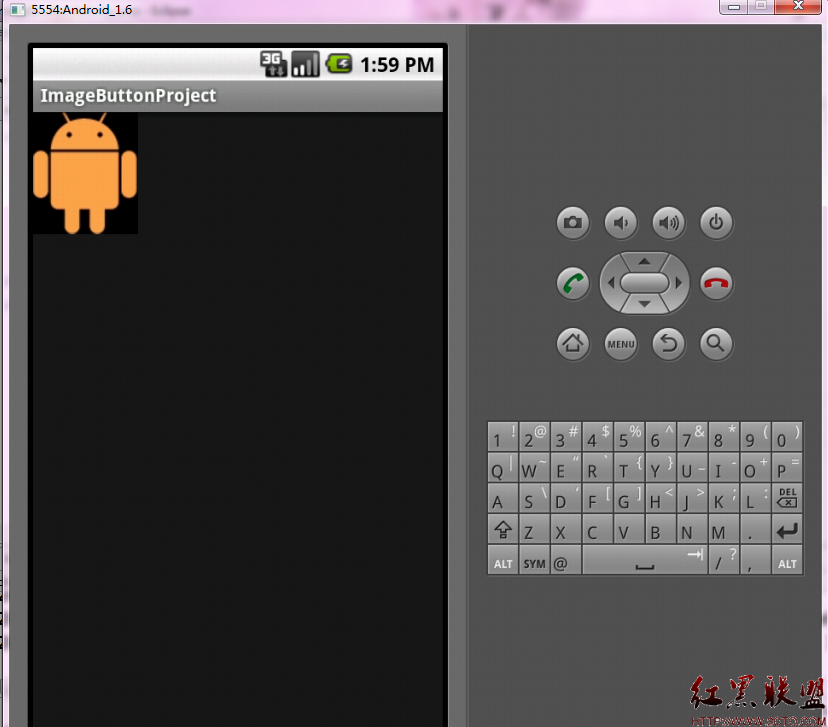现在很多第三方Launcher((如360Launcher,GoLauncher)带有iphone主题,相信玩Android的易做图都知道。
本例实现仿iphone主题的launcher的冰山一角。如下图:
从效果看,大概就能猜出用什么控件类(支持左右滑动的控件类+GridView),支持左右滑动的控件类,有很多了比如常用的Gallery,ViewPager,ViewFlipper,ViewFlow等等,本例自定义继承ViewGroup的。看过launcher源码的人应该都知道 有个Workspace类继承ViewGroup实现主菜单的。
[html]
<?xml version="1.0" encoding="utf-8"?>
<RelativeLayout xmlns:android="http://schemas.android.com/apk/res/android"
android:layout_width="fill_parent" www.zzzyk.com
android:layout_height="fill_parent"
android:orientation="vertical" >
<com.xyz.workspace.Workspace
android:id="@+id/workspace"
android:layout_width="fill_parent"
android:layout_height="fill_parent" />
<com.xyz.workspace.PageIndicator
android:id="@+id/indicator"
android:layout_width="wrap_content"
android:layout_height="wrap_content"
android:layout_alignParentBottom="true"
android:layout_centerHorizontal="true"
android:layout_marginBottom="20dip" />
</RelativeLayout>
第一个自定义类Workspace就是实现左右滑动的,第二个类PageIndicator做指示器用。
Workspace.java
[java]
package com.xyz.workspace;
import java.util.List;
import android.content.Context;
import android.util.AttributeSet;
import android.view.MotionEvent;
import android.view.VelocityTracker;
import android.view.View;
import android.view.ViewConfiguration;
import android.view.ViewGroup;
import android.widget.Scroller;
public class Workspace extends ViewGroup {
private static final String TAG = "Workspace";
private Scroller mScroller;
private VelocityTracker mVelocityTracker;
private static final int DEFAULT_SCREEN = 0;
private static final int TOUCH_STATE_REST = 0;
private static final int TOUCH_STATE_SCROLLING = 1;
private static final int SNAP_VELOCITY = 600;
public static final int APP_PAGE_SIZE = 16;
private int mCurScreen;
private int mTouchState = TOUCH_STATE_REST;
private int mTouchSlop;
private float mLastMotionX;
private float mLastMotionY;
private OnViewChangedListener mOnViewChangedListener;
public Workspace(Context context, AttributeSet attrs) {
this(context, attrs, 0);
// TODO Auto-generated constructor stub
}
public Workspace(Context context, AttributeSet attrs, int defStyle) {
super(context, attrs, defStyle);
// TODO Auto-generated constructor stub
mScroller = new Scroller(context);
mCurScreen = DEFAULT_SCREEN;
mTouchSlop = ViewConfiguration.get(getContext()).getScaledTouchSlop();
}
@Override
protected void onLayout(boolean changed, int l, int t, int r, int b) {
// TODO Auto-generated method stub
if (changed) {
int childLeft = 0;
final int childCount = getChildCount();
for (int i = 0; i < childCount; i++) {
final View childView = getChildAt(i);
if (childView.getVisibility() != View.GONE) {
final int childWidth = childView.getMeasuredWidth();
childView.layout(childLeft, 0, childLeft + childWidth,
childView.getMeasuredHeight());
childLeft += childWidth;
}
}
}
}
@Override
protected void onMeasure(int widthMeasureSpec, int heightMeasureSpec) {
super.onMeasure(widthMeasureSpec, heightMeasureSpec);
final int width = MeasureSpec.getSize(widthMeasureSpec);
final int widthMode = MeasureSpec.getMode(widthMeasureSpec);
if (widthMode != MeasureSpec.EXACTLY) {
throw new IllegalStateException(
"ScrollLayout only canmCurScreen run at EXACTLY mode!");
}
final int heightMode = MeasureSpec.getMode(heightMeasureSpec);
if (heightMode != M
补充:移动开发 , Android ,






